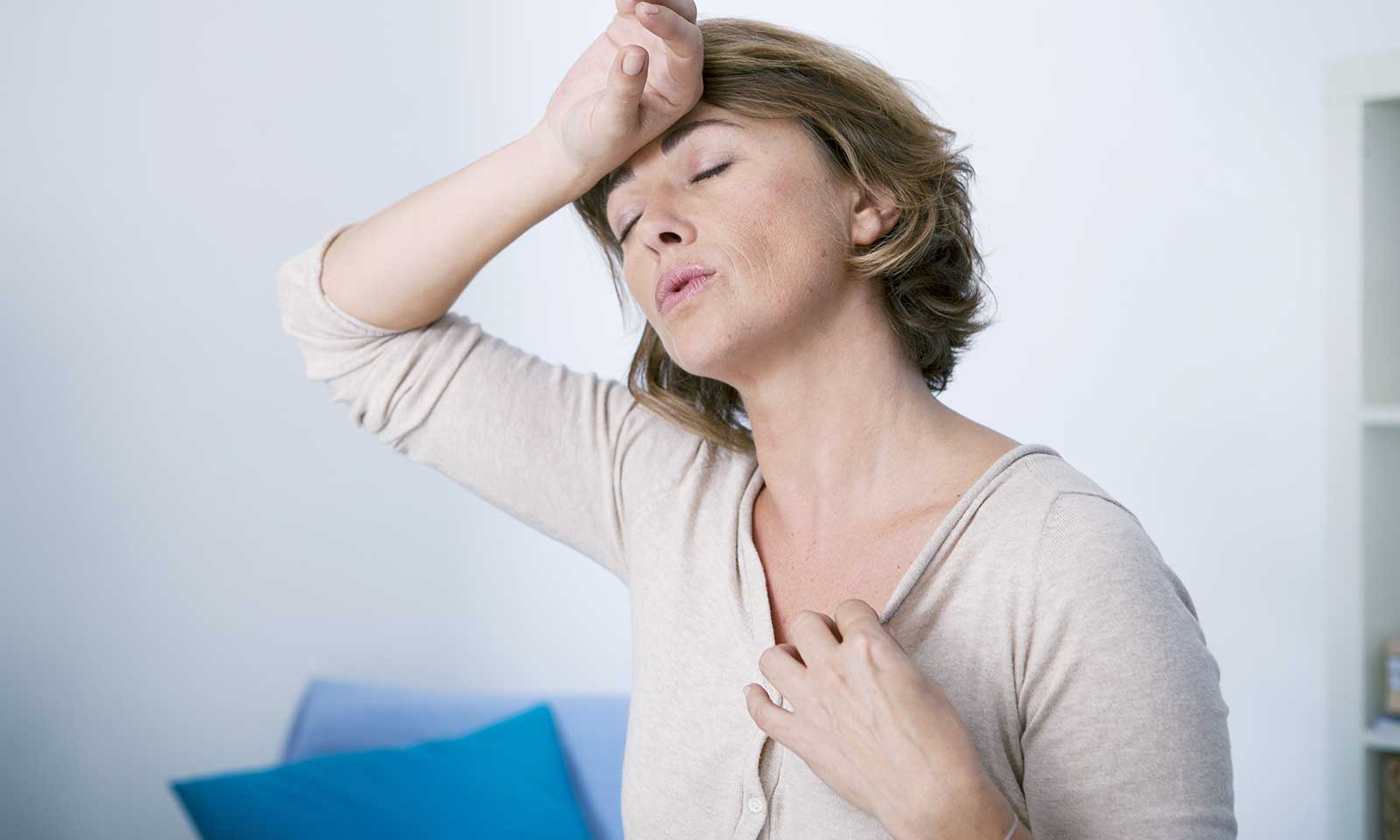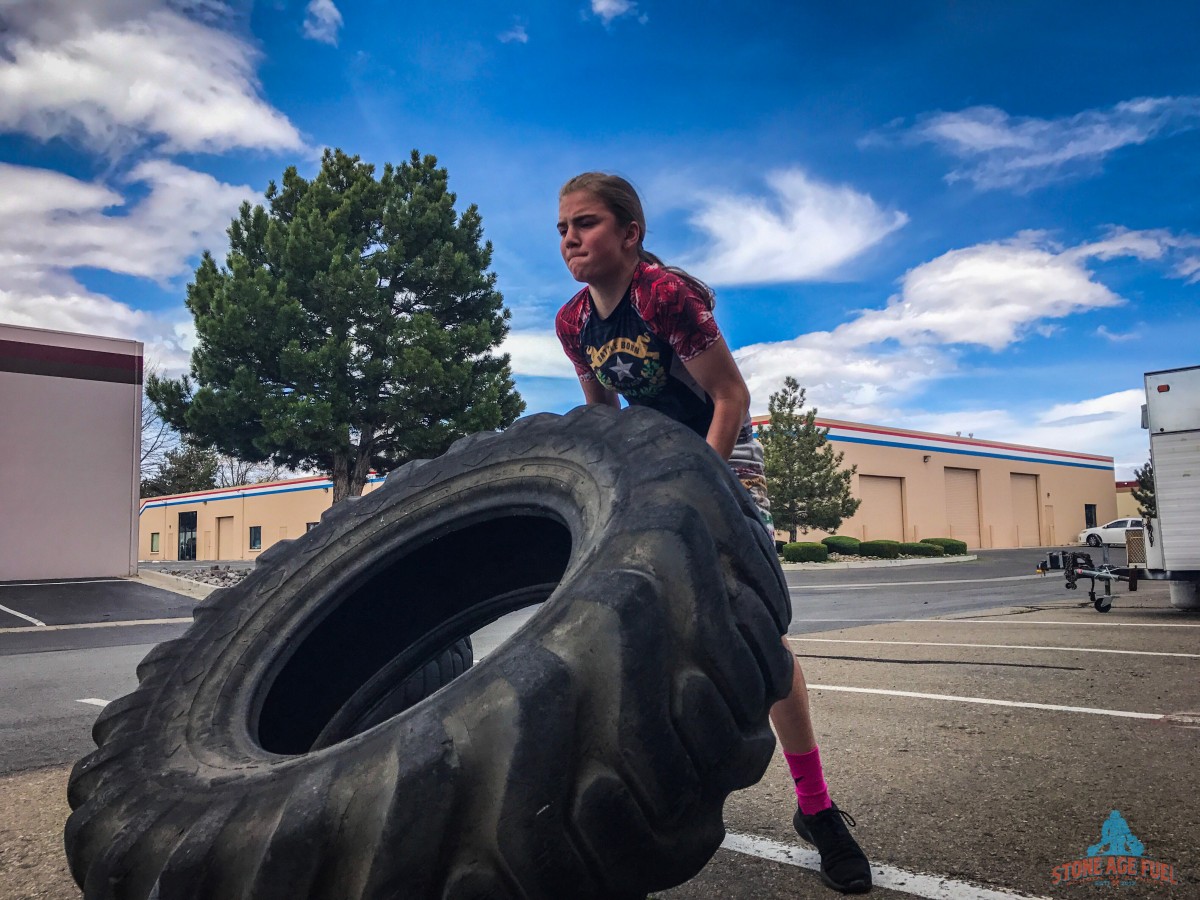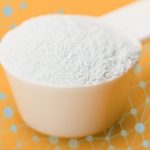Menopause Reality Check Part 1: An especially important time to focus on fitness

We’re doing it: We’re talking about menopause.
Though menopause looks different for different women—for some it’s a mild and quick experience, and for others its riddled with explosive hot flashes, headaches, irritability and mood swings—there are some common physiological results many women experience during (and in the aftermath of) menopause, including:
- Weight gain
- Loss of muscle mass
- The decrease in bone density (osteoporosis)
- Increase the risk of depression
- Increase the risk of heart disease
- The decrease in sex drive
While fitness won’t stop your aging body from changing hormonally—and it likely won’t stop your ovaries from deciding they’re done with releasing an egg once a month—fitness can help you stave off many of the above common post-menopausal unwanted consequences.
And for those who experience experiencing aggressive menopausal symptoms, there’s evidence that suggests exercise can even help relieve hot flashes and even regular your mood (https://www.cnn.com/2016/01/27/health/menopause-hot-flashes-exercise/index.html).
How fitness helps combat some of the unwanted consequences:
Depression/Mood
Though there’s plenty of evidence suggesting the endorphins your body releases when you workout helps balance your mood, and go a long way in helping fend off depression, we think this goes beyond just endorphins.
From our experience, women going through this transitional phase of their lives often start feeling old. They view menopause as the right of passage into middle age or old age, and then they get caught in the trap of thinking their best days are behind them. They start thinking things like they’re too old to wear a bikini, too old to look sexy, and they also think they’re too old to train hard at the gym. For some it gets to the point that they think they’re too old to still live a great, fulfilling and happy life.
We have found for many in this age group, the gym becomes a place that helps them transform this attitude of being “too old.” Soon, they start feeling young again, often younger than they did 20 years ago. They start making unexpected fitness gains in their 50s and 60s even, which only helps them feel even younger and more vibrant. As a coach, there’s nothing better than watching a woman in her 50s get her first pull-up.
Muscle mass and bone density:
One of the reasons osteoporosis increases dramatically after a woman goes through menopause is because estrogen is needed to lay down bone. Strength training goes a long way in ensuring that just because your body’s estrogen production is coming to a halt, this doesn’t mean your bone density and muscle mass needs to slide along with your hormone levels.
Heart Disease
As is the case for bone density, estrogen also has a positive affect on the heart—or on the inner layer of the artery wall, which helps keep the blood vessels flexible so they can stay relaxed and dilated and let blood flow easily. Essentially, women lose this natural “protection,” so to speak, during menopause when our estrogen levels decrease. On top of this, decreased estrogen goes hand-in-hand in an increase in the bad cholesterol and a decrease in the good cholesterol levels, another heart disease risk. In reality, female heart attacks increase significantly after menopause.
Thus, a good way to build more heart protection is through fitness. Not only is exercise proven to be good for physiological heart heath, it’s also good in a less direct way: Through combatting depression. Women with a history of depression are at a greater risk of heart problems (it’s unclear why but it might be because of an increase in stress hormones like adrenaline and cortisol when you’re depressed), so basically exercise helps the heart in more than just one way.
Weight Gain:
Low levels of estrogen can lead to increased fat storage, hence why many women gain weight during this time of their lives.
While exercise alone isn’t enough—it goes hand-in-hand with a good diet—staying active and fit can help keep your metabolism functioning more optimally to avoid gaining weight.
Sex Drive
It makes sense that a decrease in hormones means a decrease in libido, and sometimes even vaginal dryness that makes sex painful. All of this means a decrease in sex drive.
Fitness can help this by helping prevent testosterone decline. On top of this, if your mood is better from working out, and you feel better because you feel better, chances are you’ll be more confident and happy and will more likely to want to continue to have sex.
While there are plenty of other ways to keep yourself feeling good during menopause—from eating a healthy diet with lots of Vitamin D, to focusing on quality sleep, to various self-care practices—we believe fitness is an increasingly important piece of the puzzle as you age, and we’re here to help.
As cliche as it sounds, it’s never too late to begin. We have worked with many in the 50-plus crowd who have never stepped foot in a gym before. Contact us for more information about what the process will look like for you.
Elliptical or StairMaster
Don’t forget machines such as the elliptical or the StairMaster count as cardio workouts. If you don’t want to hit the pavement, hit the gym to get in your cardio sessions.
The American Heart Association (AHA) reports that as you enter menopause, your risks for cardiovascular disease (CVD) significantly increase.
Estrogen levels, which are thought to protect your heart, drop during menopause. Knowing the risk factors and embracing a healthy lifestyle can keep your heart healthy.
Zumba
Do you prefer to be around people when you work out? Join a group class at the gym.
Zumba is a popular dance program that has swept up nearly 12 million devoted fans in the past decade.
Incorporating salsa, merengue, and other Latin-inspired music, Zumba works for people of all ages. Burn calories and work your muscles, all while moving to uplifting Latin beats.
Vigorous house or yard work
Halfhearted dusting doesn’t exactly count, but vigorous house or yard work that elevates your heart rate does. Vigorous house or yard work also utilizes your larger muscle groups, such as:
- quads
- glutes
- core
This form of aerobic activity will serve you well. If you’re a beginner, start with 10 minutes of light activity, slowly boosting physical intensity as it becomes easier.
Be realistic
Set goals to avoid frustration. Make sure your goals are:
- realistic
- attainable
- specific
Don’t simply declare, “I’m going to exercise more.” Tell yourself, for example:
- “I’ll walk for 30 minutes at lunch three days a week.”
- “I’ll take a group cycling class.”
- “I’ll play tennis with a friend once a week.”
Recruit a friend or your spouse as a workout buddy to help keep you motivated and accountable.
Get creative
Sure, physical activity is essential, but don’t forget to exercise your creativity! Now is an optimal time to indulge in an artistic outlet.
Take a painting class or join a knitting group to engage in a creative new activity that will give you a sense of achievement and satisfaction.
A creative outlet will also help take your mind off annoying symptoms.
Stay motivated
A woman’s risk for numerous medical conditions, including breast cancer, type 2 diabetes, and heart disease rises during and after menopause. Working out regularly and maintaining a healthy weight can help offset these risks.
Physically, there are steps that you can take to manage certain menopausal symptoms:
- Turn down your thermostat.
- Wear light layers of clothing.
- Have a fan handy to mitigate hot flashes and night sweats.
Though menopause might leave you feeling old and unmotivated
Exercise during and after menopause offers many benefits, including:
- Preventing weight gain. Women tend to lose muscle mass and gain abdominal fat around menopause. Regular physical activity can help prevent weight gain.
- Reducing the risk of cancer. Exercise during and after menopause can help you lose excess weight or maintain a healthy weight, which might offer protection from various types of cancer, including breast, colon, sarcoma and endometrial cancer.
- Strengthening your bones. Exercise can slow bone loss after menopause, which lowers the risk of fractures and osteoporosis.
- Reducing the risk of other diseases. Menopause weight gain can have serious implications for your health. Excess weight increases the risk of heart disease and type 2 diabetes. Regular exercise can counter these risks.
- Boosting your mood. Physically active adults have a lower risk of depression and cognitive decline.
How does exercise affect menopause signs and symptoms?
Being overweight or obese might be associated with hot flashes, but further research is needed. Exercise isn’t a proven way to reduce menopausal symptoms, such as hot flashes and sleep disturbances. However, regular exercise can help you maintain a healthy weight, relieve stress and improve your quality of life.
What are the best physical activities to try?
For most healthy women, the Department of Health and Human Services recommends moderate aerobic activity for at least 150 minutes a week or vigorous aerobic activity for at least 75 minutes a week — preferably spread throughout the week. In addition, strength training exercises are recommended at least twice a week.
Consider the options and their benefits:
- Aerobic activity. Aerobic activity can help you shed excess pounds and maintain a healthy weight. Try brisk walking, jogging, biking, swimming or water aero If you’re a beginner, start with 10 minutes a day and gradually increase the intensity and duration.
- Strength training. Regular strength training can help you reduce body fat, strengthen your muscles and burn calories more efficiently. Try weight machines, hand-held weights or resistance tubing. Choose a weight or resistance level heavy enough to tire your muscles after about 12 repetitions. Gradually increase the resistance level as you get stronger.
- Stretching can help improve flexibility. Set aside time to stretch after each workout, when your muscles are warm and receptive to stretching.
Stability and balance. Balance exercises improve stability and can help prevent falls. Try simple exercises, such as standing on one leg while brushing your teeth. Activities such as tai chi also can be helpful.





